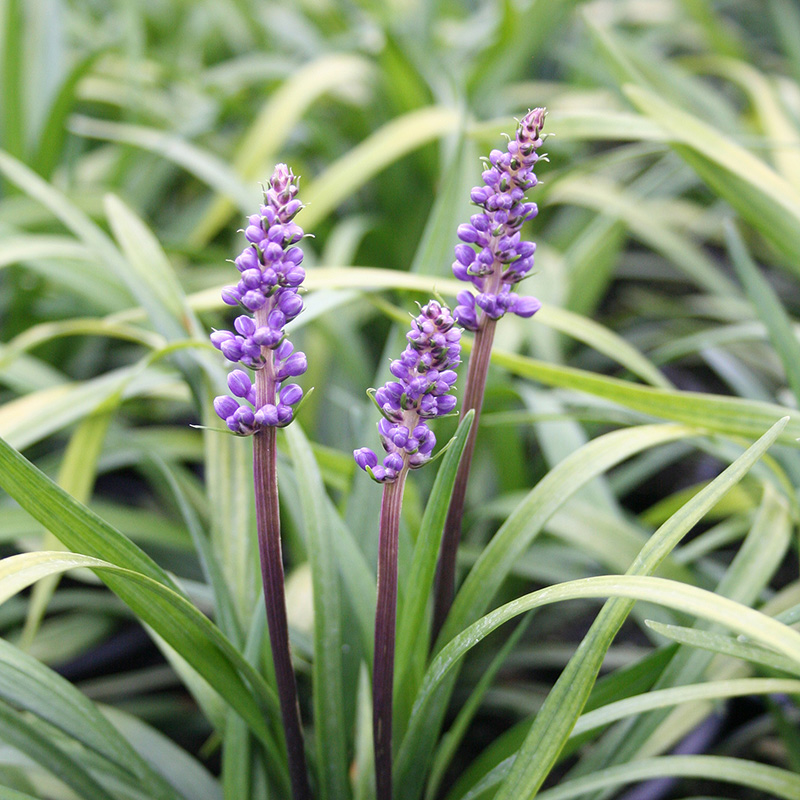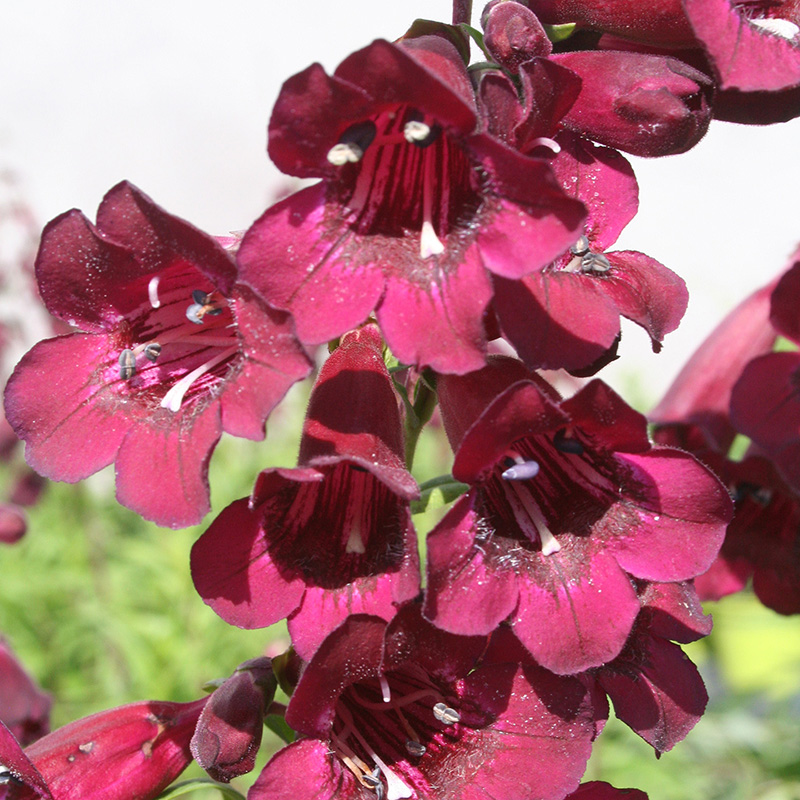Herbaceous Perennials
Herbaceous plants (in botanical use frequently simply herbs) are plants that have no persistent woody stem above ground. The term is mainly applied to perennials, but in botany it may also refer to annuals or biennials, and include both forbs and graminoids.
Annual herbaceous plants die completely at the end of the growing season or when they have flowered and fruited, and they then grow again from seed.
Herbaceous perennial and biennial plants may have stems that die at the end of the growing season, but parts of the plant survive under or close to the ground from season to season.
Helleborus ViV ‘Victoria’
A neat and compact growing Hellebore. Clump-forming, evergreen leathery green leaves. The ViV series can begin flowering as early as September giving wonderful colour right through the Winter and into Spring. 'Victoria' has wonderful purple flowers which will darken even more as temperatures get colder. Position in heavy fertile, moist but well-drained soil in full or partial shade. Shelter from strong, cold winds. Good in beds, borders, and pots or containers. Height and spread (approx) - 35cm x 35cm.














